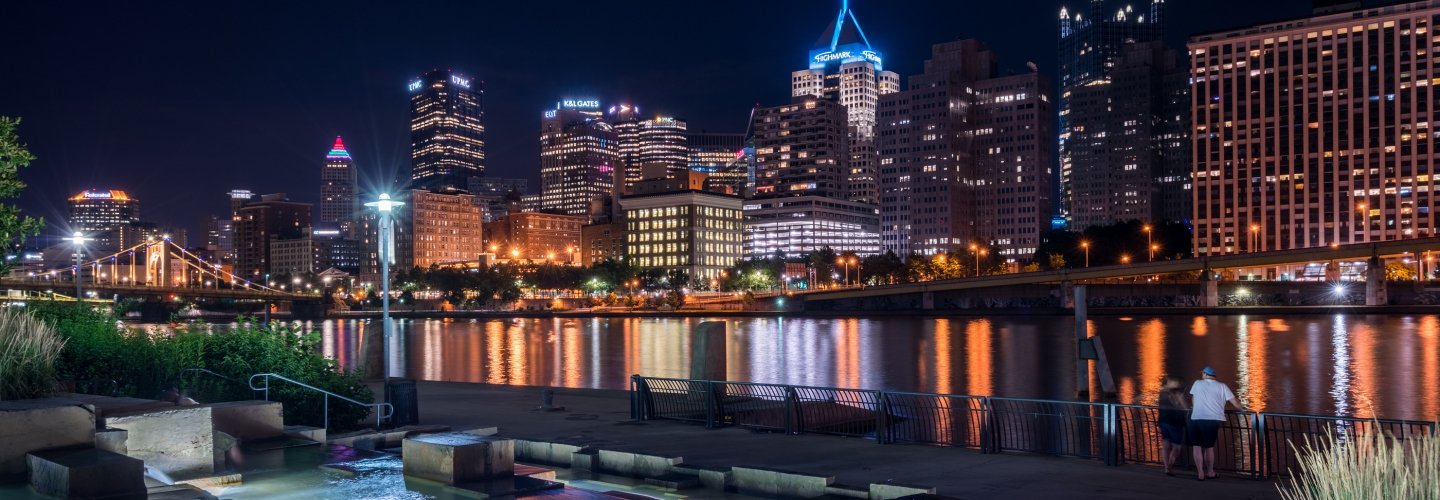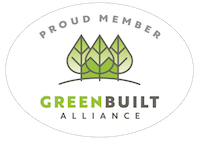Urban Land Planning: How It All Comes Together

By Matt Fusco
I’ve been writing a lot lately about the considerations, variables and needs unique to land planning and design in urban environments, and Fusco Land Planning & Design’s approach to those projects. From trails planning to designing public spaces to working through what can be a maze of regulations and red tape, urban land planning and design is both a tremendous challenge and some of the most rewarding work we do.
I think the best way to bring these thoughts together and wrap up this series of blogs on urban land planning is by exploring some places that have done a great job and created an urban experience that has encouraged people, businesses and all sorts of positive activity to flock there. Of course, you can find great examples in many places today. These are just a few of my favorites.
Downtown Pittsburgh
If you had visited this city in the 1970s and 80s you would have seen a downtown in decline, the result of a changing economy and a shifting of resources and capital to the suburbs. Indeed, for most of its history, Downtown Pittsburgh basically rolled up the sidewalks and shut down after the workday ended.
But while Pittsburgh is still proud of its history as an industrial powerhouse, the city today is defined by more than its blue-collar manufacturing roots. Downtown Pittsburgh is a great urban success story. Home to scores of jobs in various creative industries, a dynamic mix of mixed-use developments, museums, public art, breweries, restaurants, parks, pro sports venues and entertainment amenities, Downtown Pittsburgh has become a major tourist destination as well as a highly desirable place to live and operate a business.
This transformation didn’t happen by accident. A lot of credit must go to Pittsburgh’s planners. From renovating the 36-acre Point State Park and using it as an iconic anchor to build off, to locating new stadiums for their Major League Baseball and NFL teams in close proximity to each other along the riverfront, linked by a greenway and park space and just the right amount of mixed-use development, to the inclusion of pedestrian and bicycle infrastructure throughout, Downtown Pittsburgh is a place that feels built for people, not just cars. Indeed, while it has plenty to offer in terms of dining, entertainment, culture and all kinds of activities, it is also a place where you can relax and do, well, nothing. And that is perhaps the greatest testament to its success.
US 36 (Boulder-to-Denver) Bikeway
This 18-mile paved route not only connects Boulder to Denver, but also a number of suburban towns between the two cities. Completed in 2016, the bikeway has been described as a “highway for cyclists.” The 12-foot-wide bikeway also connects commuters to other bicycle paths and provides access to six commuter stations where riders can hop on the local rapid bus transit service between Denver’s Union Station and Boulder.
The bikeway, which runs parallel to U.S. 36, was built at a cost of $16.6 million. But rather than treating the bikeway as a separate project that needed its own funding source and/or fundraising effort, local and state planners included it as part of a nearly $500 million project to alleviate congestion on and improve U.S. 36. They took a true multi-modal approach to U.S. 36, and treated the bikeway as an essential part of the overall planning and project.
Within a year of the bikeway’s completion, it was more than paying for its cost in the form of four significant multi-use development projects that had been announced. In each case, developers pointed to their property’s proximity and/or connection to the bikeway as key to their decisions to move forward with their projects.
© 2025 Fusco Land Planning & Design, PLLC. All Rights Reserved | Site by ALINE, A Marketing Company


